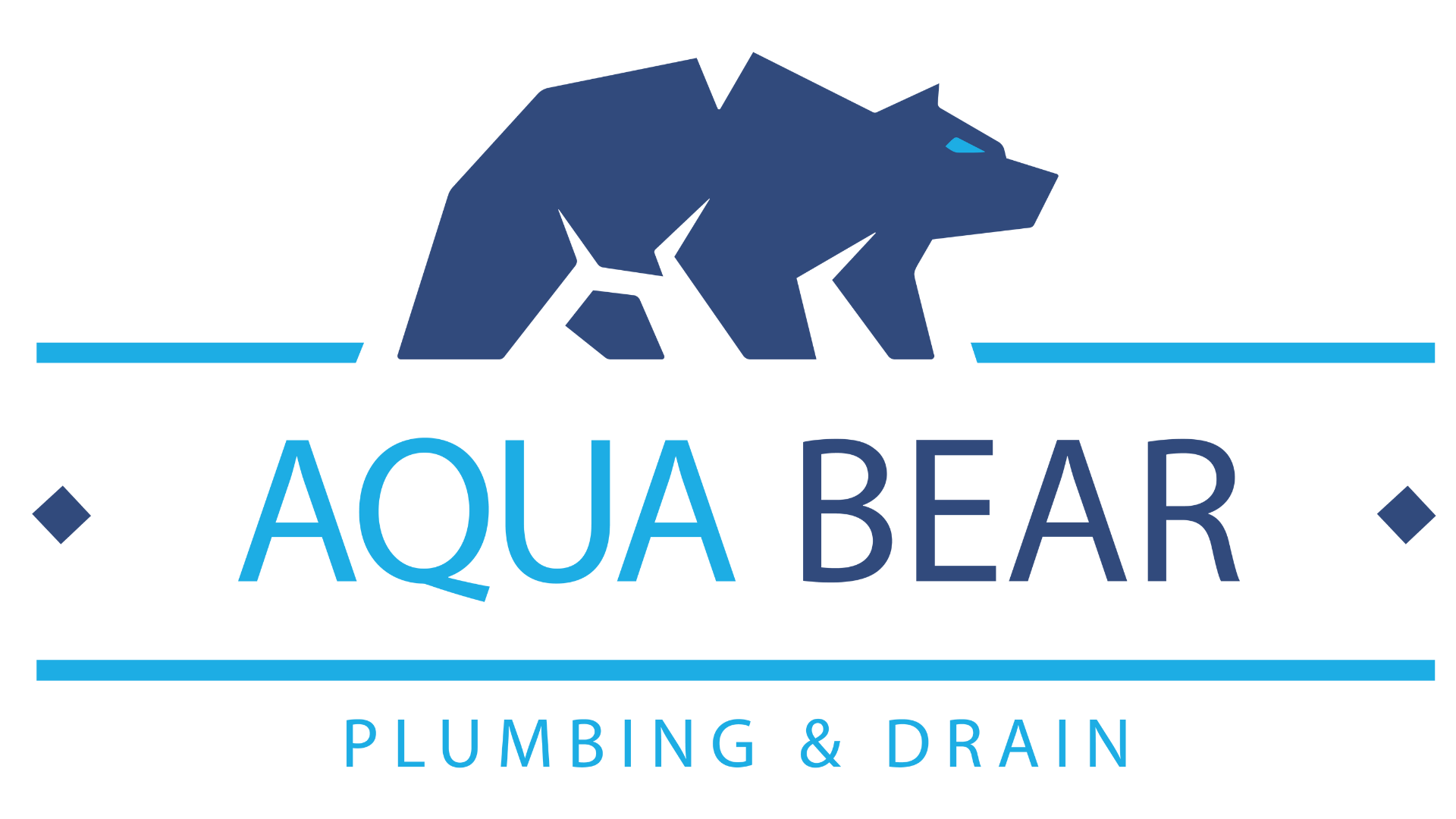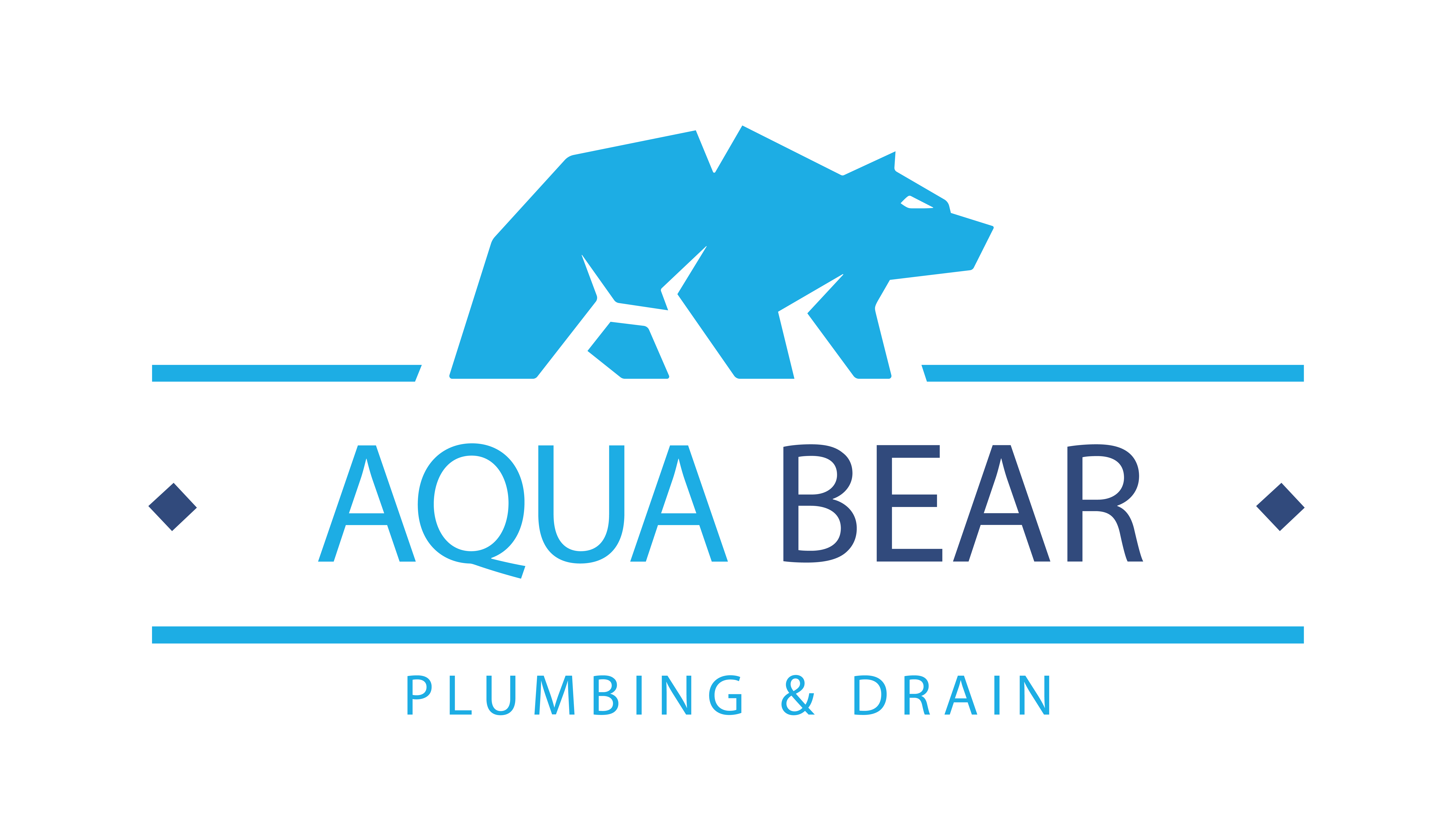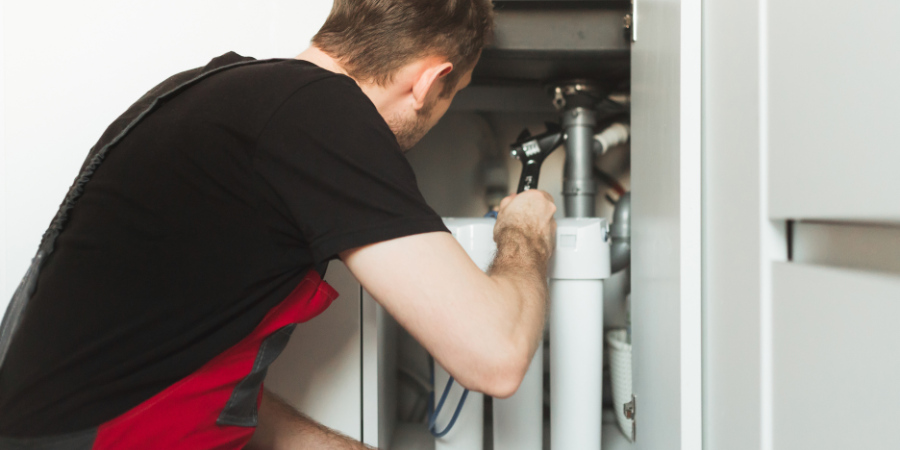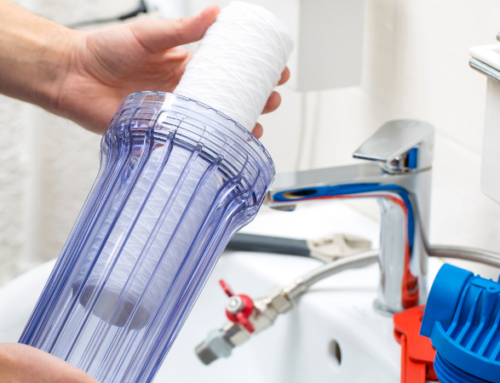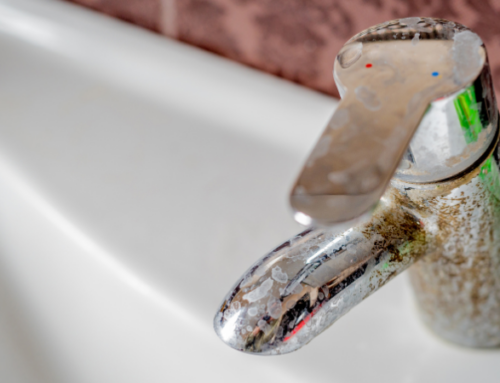What Is A Water Softener?
A water softener is a filtration system designed to remove hard water-causing minerals such as calcium and magnesium from water using a process known as ion exchange. Hard water minerals are exchanged for sodium or potassium ions, leaving behind softened water that does not affect a home or its inhabitants.
Why You Need A Water Softener
Water softeners are installed in homes with high hard water mineral counts. Hard water causes plumbing pipe failures and early replacement of plumbing fixtures and appliances, and it is more destructive to appliances that come in contact with hot water, such as a water heater.
Corrosion is the term used when these minerals build up inside pipes, leading to restricted water flow, decreased water pressure, and limescale, often seen as a white crusty matter on faucets, showerheads, and coffee pots. As the water increases in temperature, the calcium and magnesium solidify into hard, crusty deposits that can interfere with an appliance’s ability to function properly. Hot water heaters are known for a familiar popping sound as limescale buildup attaches itself to the heating elements, restricting their ability to produce heated water.
Hard water also leaves behind stiff and dull laundry, which demands an increase in the amount of detergent you need to use for an acceptable outcome. It can leave dishware full of streaks and embarrassingly spotty glassware.
Personal care is also depleted as skin becomes extraordinarily dry and lifeless. Shampoos and conditioners can no longer nourish hair as it slowly becomes limp and brittle, all from the effects of water that is too high in mineral content.
A water softener is an appliance needed to counter the damaging effects of hard water, such as corrosion and limescale, which leads to the premature replacement of plumbing pipes, fixtures, and water-using appliances. Hard water affects more than 85% of homes across the US, making water softeners a much-needed appliance.
How A Water Softener Works
As water from the municipal supply or from a private well enters the home, it is directed to the water softener. The softener has three major components: the mineral tank, the control valve, and the brine tank.
The water is sent into the mineral tank and flows through a bed of plastic resin beads charged with negative sodium ions. The calcium and magnesium have a positive charge and are thus attracted to the resin beads, which grab the mineral ions and remove them from the water. As they do so, they release sodium ions, and the result is softened water that travels to the plumbing fixtures and appliances in your home.
The control valve regulates the amount of water entering the mineral tank and is the component that initiates the regeneration of the resin beads when they become overly saturated with mineral ions.
The brine tank is a smaller tank next to the mineral tank that holds a solution of sodium or potassium used to restore the resin beads. Salt or potassium is manually added to the brine tank, and when the control valve signals that the resin beads are full, the solution is washed over them to restore them.
Maintaining A Water Softener
Regular water softener maintenance ensures it operates at peak performance, maximizing the plumbing system’s lifespan, improving personal care, and eliminating dull and scratchy laundry loads. Little maintenance is required, but it must be done regularly.
Brine Tank
The importance of a properly filled brine tank cannot be stressed enough. If the levels of potassium or salt fall too low, the water exiting the system will remain as hard as it was when it entered.
The tank should be cleaned yearly to prevent salt accumulations that lead to salt bridges. A salt bridge is a crusty layer of salt that forms and prevents salt from coming into contact with the water.
Filter Changes
Some softeners include filters to remove dirt and debris from the water before it enters the mineral tank. These need to be cleaned as part of routine maintenance.
Leaks
Although rare, the system should be visually inspected for signs of leaks, and any unusual noises or suspicious events should be discussed with a professional. The last thing a homeowner needs is to install a softener and assume it works when it is not.
Considering Installing A Water Softener To Combat The Effects Of Hard Water?
Rest assured, water softeners are not only effective but also easy to install and maintain. They do an outstanding job of softening hard water by removing the excess sodium and magnesium minerals known to affect plumbing systems negatively.
Simply call to schedule an appointment to install a water softener. With only the addition of salt every few months, a water softener will prevent the early demise of plumbing pipes and fixtures and leave your hair, dishes, and laundry looking great. It’s a small price to pay for knowing your water quality is at its best!
